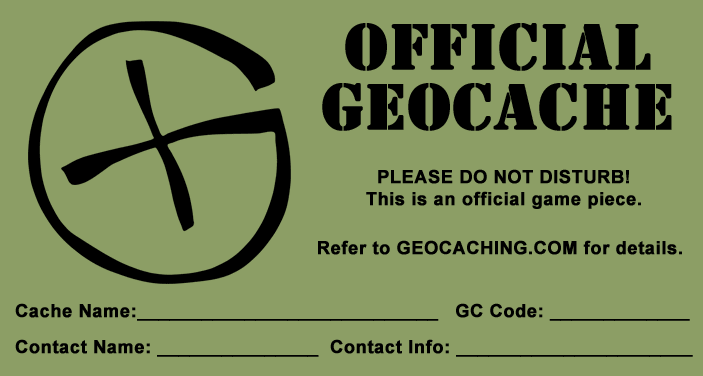
From the protection of cultural and natural resources perspective, the Park Authority generally does not authorize people to go off trail. Any additional disturbance by going off trail can increase the dispersal of invasive plants, cause damage to underlying vegetation, and disturb wildlife. Trails are a disturbance in natural ecosystems. The intent of this and other guidelines is to protect the park’s natural and cultural resources.A general rule of thumb for defining an established trail is: Would a really determined geocacher be able to get a trail-use stroller to the site (and no cheating by lifting it up and walking over non-staired sections of the trail)? If the trail being considered meets this test, it meets the intent of the guideline.a 4 foot trail that widens to 8 feet due to a wet spot isn't a good trail). go directly up a slope as opposed to across a slope, are on the banks of a stream as opposed to further away, trails that show obvious signs of flooding and abuse (e.g. The Park Authority is most concerned with trails that are not in the right place in the landscape - e.g.Casual (beaten footpaths) or wildlife trails are not considered maintained trails. Established/Maintained trails are typically asphalt, concrete, or gravel and are usually maintained six to ten feet wide.Developed areas may include parking lots, roadways, athletic fields, tennis courts, picnic areas, etc.

Geocaches shall not be placed more than 25 feet away from a maintained trail or developed area in a park. Geocaches shall only be located in developed park areas that have existing uses, trails and established access points.For these reasons, the Park Authority needs to regulate all activities on parkland. Although most park visitors value parkland and resources, there have been many instances where individuals left private property on parkland as part of illicit activities and there are frequently unauthorized uses on parkland that could pose a threat to public safety, or damage property and/or cultural or natural resources. Many letterboxers keep careful track of their “find count”.Īs with any activity on parkland, the Park Authority reserves the right to place reasonable restrictions on the time, manner or place in which an activity is conducted. Finders make an imprint of the letterbox’s stamp on their personal logbook, and leave an impression of their personal stamp on the letterbox’s logbook – as proof of having found the box. Individual letterboxes usually contain a logbook and a rubber stamp. Letterboxers hide small, weatherproof boxes in publicly-accessible places (like parks) and distribute clues to finding the box in printed catalogs, on one of several web sites, or by word of mouth. Letterboxing is an outdoor hobby that combines elements of orienteering, art and puzzle solving. Variations of geocaching are Earthcaching, Cache-In Trash Out, Event Caching, and others.Īnother activity that is similar to geocaching is letterboxing. A typical cache (pronounced /kæ ?/ like the English word cash) is a small waterproof container containing a logbook and "treasure" (usually toys or trinkets of little monetary value). Geocaching is an outdoor treasure-hunting game in which participants (called "geocachers") use a Global Positioning System receiver or other navigational techniques to hide and seek containers (called "geocaches" or "caches") anywhere in the world.


 0 kommentar(er)
0 kommentar(er)
